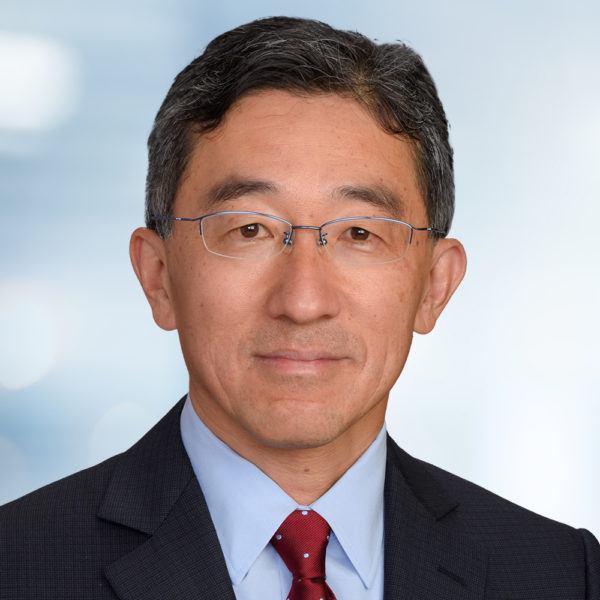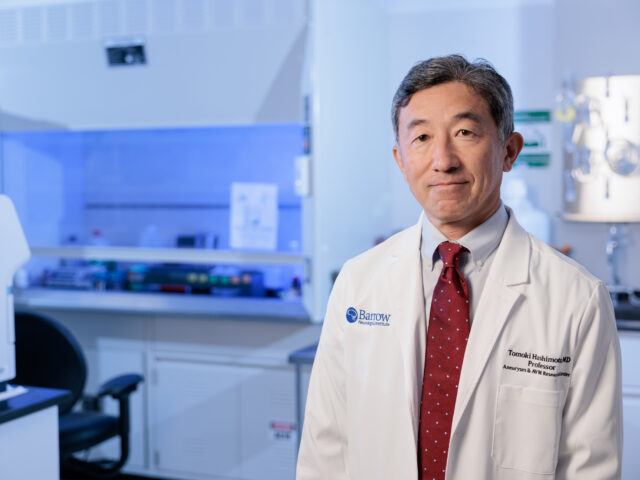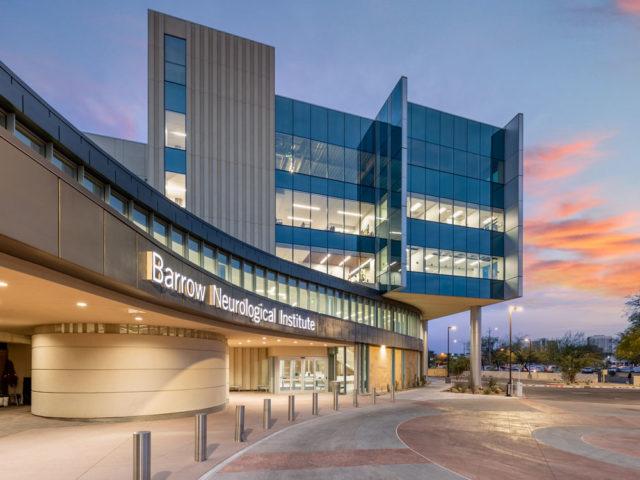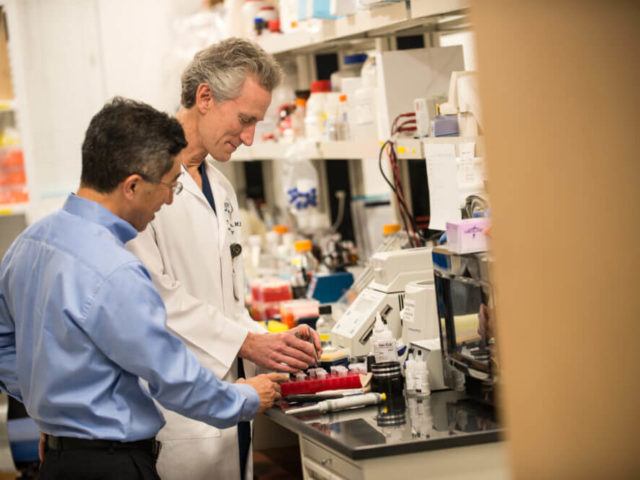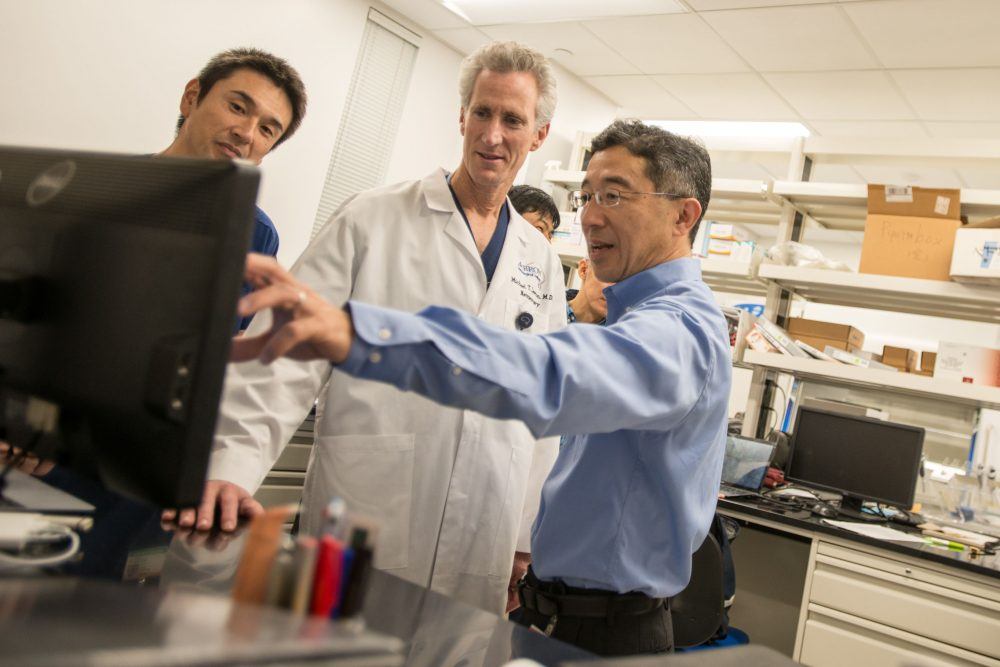
Barrow Aneurysm & AVM Research Center
Research Focus
Excellence in Mind TM
In the United States, a brain aneurysm ruptures every 18 minutes. Approximately 40% of ruptured brain aneurysms result in death. While less common, arteriovenous malformations (AVMs) are similarly devastating, with mortality rates exceeding 50%. For both conditions, the majority of survivors will be left with permanent neurological deficits.
Numerous challenges remain in the detection and treatment of brain aneurysms and AVMs. These vascular lesions are often asymptomatic until they rupture, and unruptured lesions are usually discovered incidentally. At the Barrow Aneurysm and AVM Research Center (BAARC), critical research is taking place to explore the genetics, formation, and rupture of aneurysms and AVMs. Our work pushes the boundaries of care beyond our walls, leading to the development of new, less invasive, and more effective treatments for patients around the world.
Learn more about the laboratories conducting this vital scientific work below.
Hashimoto Laboratory
The Hashimoto Lab conducts bench-to-bedside research of intracranial aneurysm. Our goal is to discover new therapeutic approaches that stabilize aneurysms and prevent their rupture. To accomplish this, we use a unique preclinical model which forms aneurysms that closely mimic the pathophysiological characteristics of human aneurysms, including the tendency to rupture spontaneously.
Using the preclinical model, we test various molecular targets that help us to understand the biological processes contributing to aneurysmal rupture. Simultaneously, we examine human aneurysm and blood samples acquired through the Biobank Core Facility in effort to translate our findings from preclinical studies to actual patient care.

